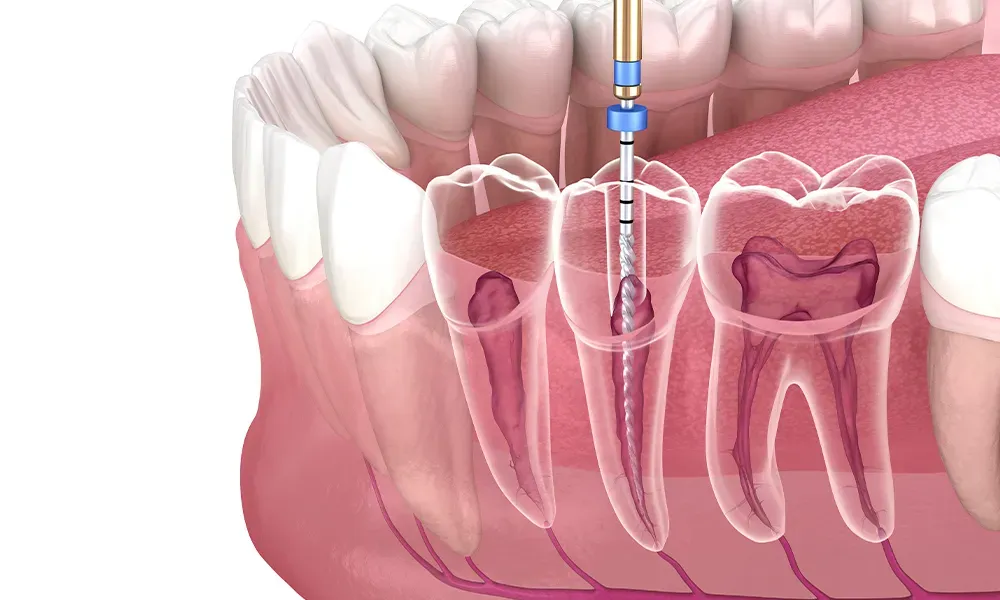You may have heard people talk about root canals with a mix of dread and relief. But what exactly is the purpose of this dental procedure? Well, a root canal treatment aims to save your tooth by removing infected or damaged pulp from within its roots. So, what is this pulp we speak of? Deep inside your tooth lies a soft tissue called pulp, consisting of nerves, blood vessels, and connective tissues. While it plays an essential role during tooth development, once your tooth is fully matured, it no longer needs the pulp to function properly.
However, when bacteria invade the innermost part of your tooth through decay or injury, they can cause infection and inflammation in the pulp. This leads to intense pain and discomfort for you! If left untreated, these infections can spread beyond just one tooth and affect neighbouring teeth as well.
Signs That You May Need a Root Canal
Persistent or intense toothache: A severe and persistent toothache could be an indication that the nerve inside your tooth is infected or damaged. This type of pain often worsens when chewing or applying pressure.
Sensitivity to hot and cold: If you experience sharp, lingering sensitivity to hot or cold foods and beverages even after they have been removed from your mouth, it could be a sign of nerve damage.
Gum swelling and tenderness: Inammation and tenderness around the aected tooth can occur as a result of an infection in the pulp, which may require root canal treatment to alleviate.
Discolouration: A darkening or discolouration of the aected tooth could signal that the nerve inside has died or become damaged. Prolonged sensitivity to touch: If touching or tapping on a specific area causes discomfort for an extended period, it’s important to consult with a dentist as this could signify underlying issues requiring root canal therapy.
It’s worth noting that these signs alone do not guarantee that you need a root canal procedure; only a professional evaluation by your dentist can determine if it is necessary.
The Root Canal Procedure Explained
The rst step involves numbing the area around the aected tooth with local anaesthesia to ensure your comfort throughout the process. Once numbness is achieved, an access hole is made in your tooth to reach the infected pulp chamber. Next, using specialized instruments called endodontic les, your dentist will carefully remove all traces of diseased pulp from within the roots of your tooth. The canals are then cleaned and shaped before being filled with a biocompatible material known as gutta-percha.
After the filling and sealing of each canal, a temporary filling or crown is placed on top for protection until further restoration, such as a permanent crown, can be done. This final step helps strengthen and restore functionality to your treated tooth. It’s important to note that while some people may experience mild soreness following a root canal procedure, this discomfort typically subsides within a few days with over-the-counter pain medication if needed.
Undergoing a root canal procedure offers hope for saving an otherwise compromised tooth by removing infection and preserving its structure. If you’re experiencing symptoms such as severe dental pain or sensitivity accompanied by swelling or gum tenderness near an affected tooth, don’t hesitate to consult with your dentist, who can determine if this treatment option is right for you.
To find out about the dental services offered at Zane Dental, call (763) 561-1200 or schedule an online consultation. You can also visit Dentist in Brooklyn Park, MN, at
7340 Zane Ave N, Brooklyn Park, MN 55443.

